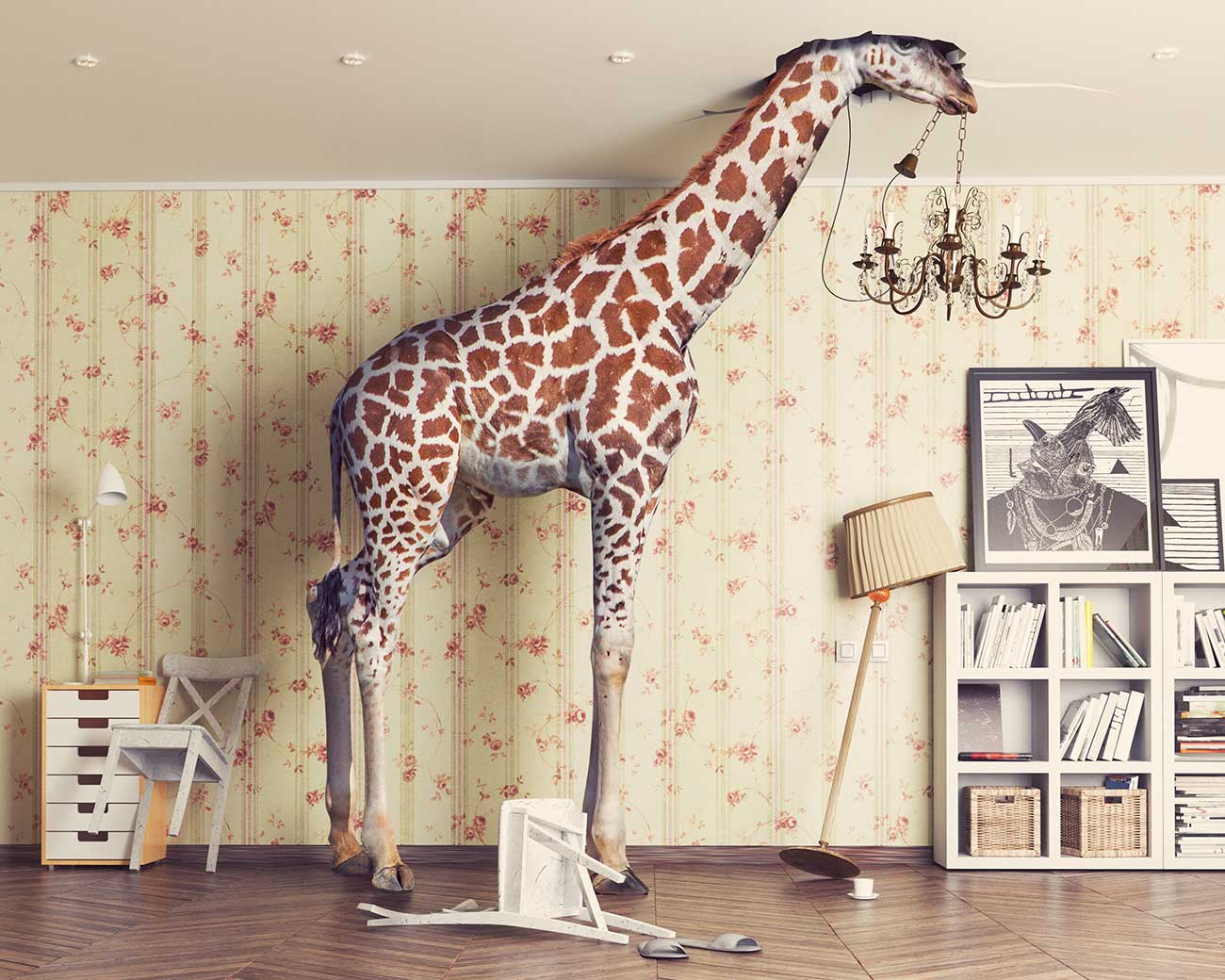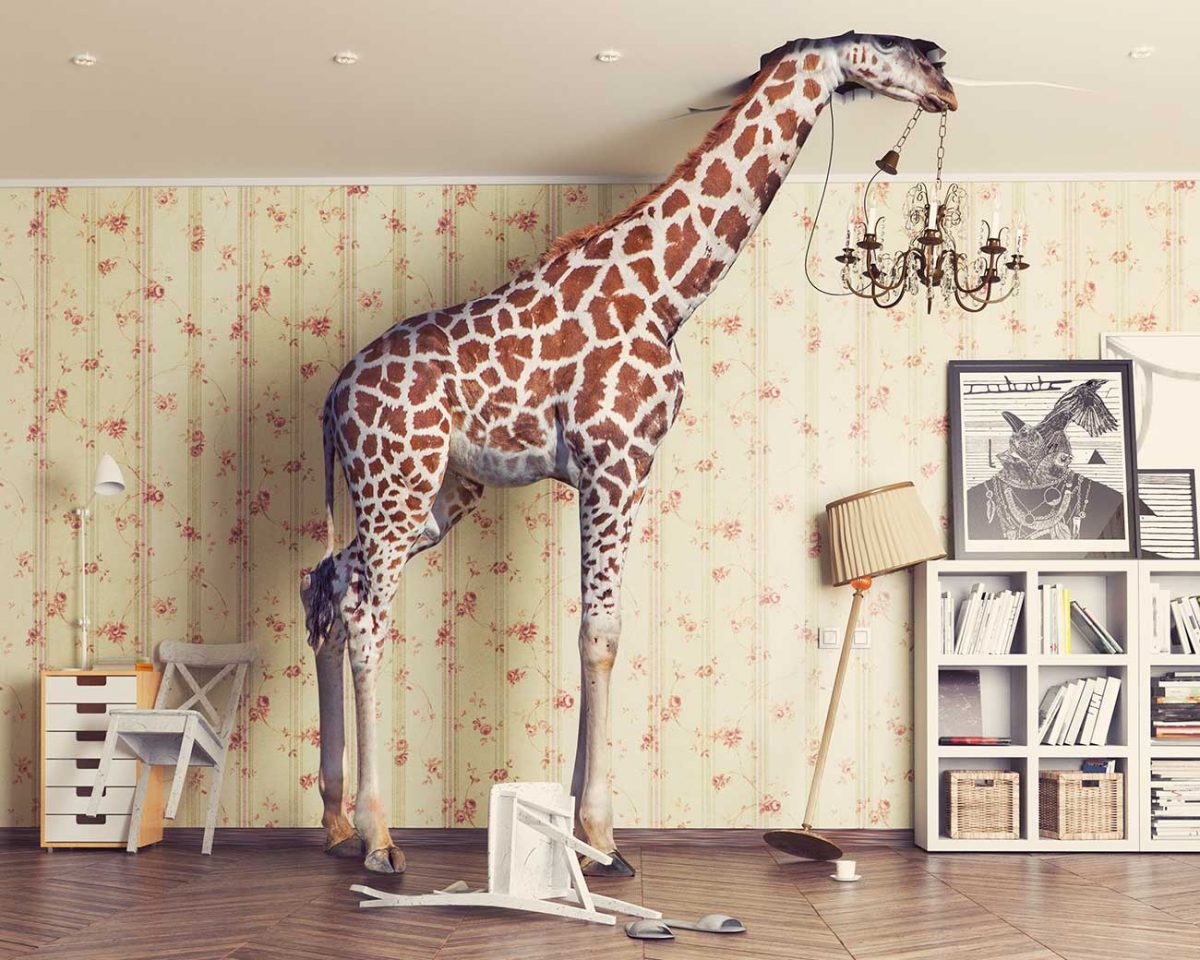
In a challenging economy, agile businesses are the ones who come out the winners. Adapt or die, as the saying goes. This article series explores the four general stages of product development:
This article will focus on Stage 2: Design!
Once you’ve made the business case for adapting your product to a new market or niche, and passed through the heady innovation stage, it’s time to get to work on the development of your adapted product.
Want to learn more about tailoring design considerations and policies to suit customer preferences? Check out the FITTskills Product Development online workshop!
The Stages of Product Development and Product Adaptation
Product design is much more than the appearance and function of the actual product. It incorporates all product features, including labelling, packaging, design and colour, and takes into consideration culture, regulations and shipping, as well as sales and marketing. Product specifications must comply with regulatory requirements and suit the consumers in the specific markets.
Adaptations to product features have implications for production costs, sales pricing and consumer acceptance.
As a result, the 12 product features should be reviewed as an organization considers developing a new product or adapting an existing product, including:
1. Sizes, weights and measures
What is the standard size of similar products in the foreign market and how does this impact complementary products? What is the standard unit of measurement and does the size deviate from how the product is currently packaged? For example, in Ecuador, beer is most commonly sold in 1-litre bottles, which deviates from common North American packaging conventions. Apparel and footwear sizing also differ dramatically around the world.
2. Packaging preferences
How many units are commonly sold in a package in the target market? What material is preferred in the packaging (e.g. cellophane, plastic, paper, glass)? What level of protection needs to be provided? Protective and uniform packaging can reduce the costs of distribution by facilitating packing for shipping and reducing breakage.
3. Labelling
What regulations must products comply with pertaining to language and labelling requirements? Must labels include ingredients, allergen listings and nutritional facts? Should they state the contents of packaging and product origin?
4. Pricing
How are comparable products priced in the target market? The product to be introduced must be priced competitively and appropriately. A lower-priced product targeted for an exclusive or high-end market may be negatively perceived as being less desirable or of lower quality.
5. Logos, branding and messaging
Should company names, brand names and trademarks be modified for the target market to ensure the logo or trademark will not offend consumers when translated? Modification can also ensure messages are appropriate to the company and the product conveys the same or similar meanings in the language of the foreign market.
6. Quality
What are the regulatory quality standards to sell your product in the target market? What are the cultural assumptions and expectations for quality in your target market? Does the product perform the function it is designed for and does it meet customer expectations? Quality can be a function of commercial viability, current market status or the nature of those supplying the market, i.e. part of the brand and image of the manufacturing exporter.
7. Preferred purchasing method
Where do consumers typically go to purchase similar products? Are they bought locally in markets, in shopping malls, online or at specialty shops?
8. Regulations and prohibitions
What are the pertinent regulations, restrictions and policies concerning import and export controls in the country of production and target markets? These will include regulations governing the recycling of packaging materials, ingredients subject to import controls and prohibited substances. For example, there are strict regulations prohibiting the sale of alcohol in some Muslim countries. Products such as perfumes and mouthwash could include alcohol as an ingredient and should be adapted to be sold in the target market.
9. Design
What are the design preferences of the consumers? How can function be improved through design? The meanings associated with shapes, colours and presentation vary extensively from culture to culture and within demographic segments of the target market. In addition, preferences specific to the target market will also determine the design of a particular product.
For example, a coffee set sold in the U.K. will include a creamer, while sets sold in other parts of Europe will not because Europeans prefer to drink black coffee. Utensils such as knives, forks and spoons are used predominately in Western cultures, whereas chopsticks and rice spoons would be the preferred utensils in Japan and South Korea. Shape, appearance and colours are features that can also apply to packaging as well as the actual product. Japanese consumers’ desire for beautiful packaging has led exporters to redesign cartons and packages specifically for this market.
Design can promote sales by adding value and utility for the consumer. Design policy must also justify manufacturing costs, such as tooling. For example, design might use detachable parts for assembly to allow for standardized packaging and packing that could reduce transport costs.
10. Materials
What are the restrictions, prohibitions and preferences of consumers in the target market? Import regulations will detail materials restrictions and prohibitions, such as ivory. Material preferences will vary depending on the product, regulations, supply and consumer preferences.
11. Engineering
What is the purpose of the product and how will it be used? What are the required product specifications for regulatory compliance for health and safety? The way products are used and ease of installation (if applicable) must be considered and researched carefully. Products must meet the technical specifications and standards of the country. These standards can include power systems, metric measurements and product safety standards. Products are required to meet legal requirements for health and safety, as well as satisfy both industry and consumer quality standards. The technology used must be suitable for the selected market.
12. Warranties and services
After-sales service will give many global companies a competitive advantage. Many companies offer 1-800 hotlines, Internet-based help, low-cost upgrades and extended warranty packages. It would be worth investigating the warranties and services commonly offered for similar products in the target market.
Executing Design Standardization
Whether an organization decides to sell standardized products or adapt products for different markets, there are certain common characteristics that all products should have.
They should be:
- Suitable for the purpose for which they are intended
- Efficient, safe and reliable
- Devoid of features that may offend the customer
- Attractive
- Compliant with all regulations in the target market
National standards may influence consumer tastes, even if those standards are not legislated. Standards can be set by the members of an industry, by the designer or by the consumer. Product designers sometimes work with highly restricted specifications. In the case of large industrial buyers, restrictions may be less technical and more directed by price. These buyers often take an active role in the design activity.
Product design can also address critical supply chain cost drivers. Designers need to balance price as the main purchasing motivation while maintaining product quality.
The quest for better value and lower manufacturing, transportation and inventory management costs may result in:
- Reuse of compatible components from earlier designs
- Uniformity of packaging for more efficient packing/ containerization and handling
- New, cheaper substitute materials
- New methods of manufacturing
Not only does product design meet the needs of the market and the consumer, some changes offer cost benefits for manufacturers.
Administering Design Policy
Design should assist sales promotion by introducing comparative advantage into the product. A product’s comparative advantage might be embedded in a technological advance, increased durability, better value for money or another distinction that will be perceived as a benefit to the consumer.
Organizations should develop a product policy that blends product and services in order to market the most profitable competitive advantage. Such a policy includes the evolution of product lines parallel to existing equipment, human resources, liquid assets, commercial viability and customer goodwill. If the comparative advantage will be short term, it must be offset by outstanding support service to position the product in the marketplace before the competition arrives with similar lines.
For international trade, policies may have to be made to accommodate individual foreign markets, where standardization is not feasible.
It is important to examine the motivation of buyers and include their priorities in any design policy.
Motivation can be either rational, such as convenience, economic benefit or ergonomic advantage, or it can be emotional, such as colour, sex appeal and trendiness. Industrial buyers with strong leanings toward the rational can also be influenced by emotional appeals, especially when products offer similar features at similar cost.
For international trade, the motivation for buyers in each foreign market needs to be assessed.
Check out the rest of the product adaptation article series:
1. Innovation
3. Testing
4. Launch or commercialization







disqus comments